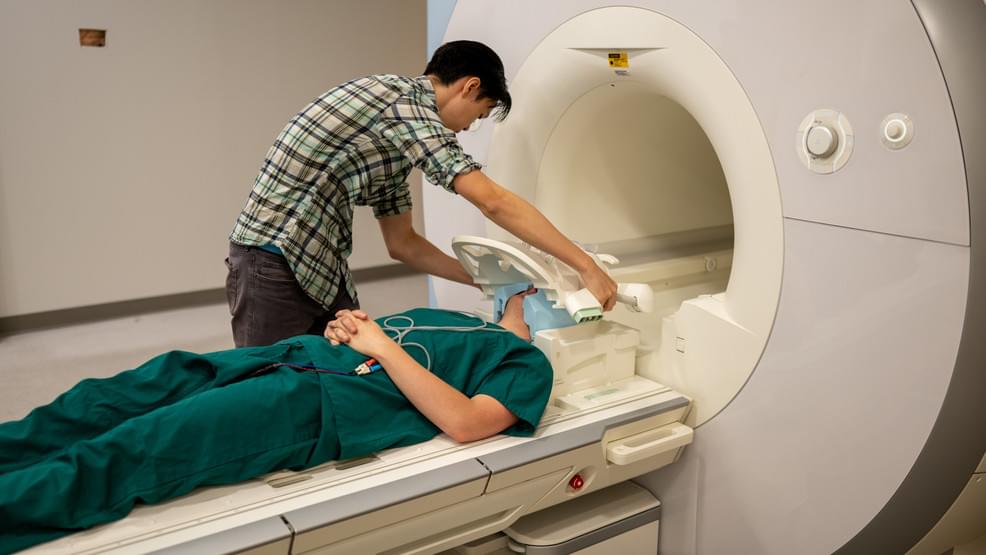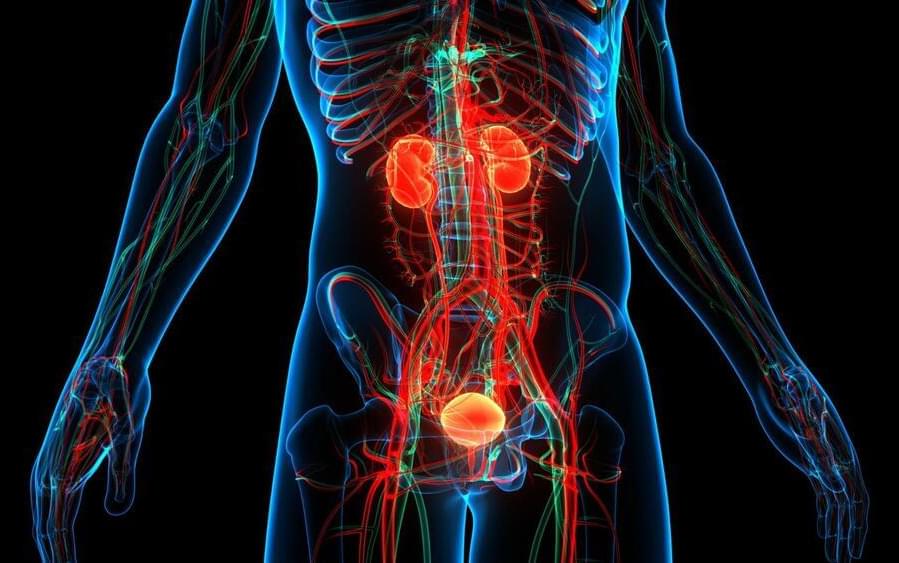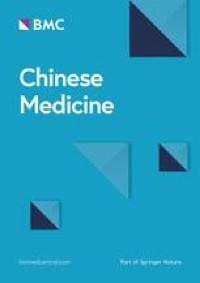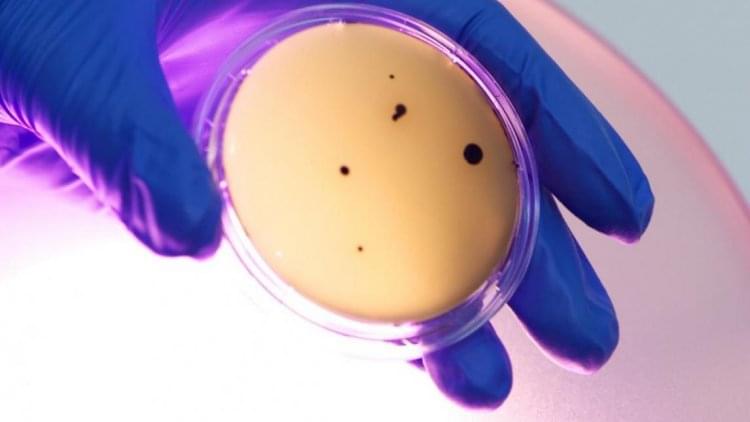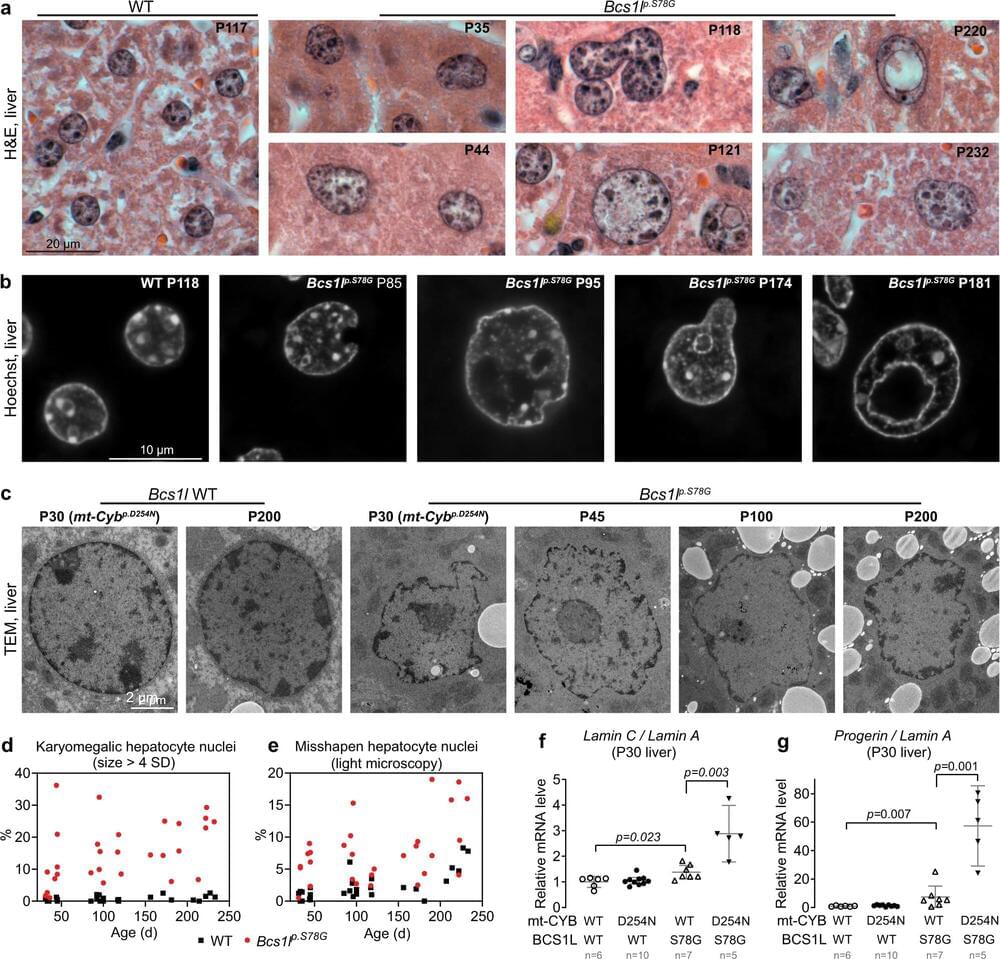Indigo naturalis is a blue dye in ancient, as well as an extensive used traditional Chinese medicine. It has a wide spectrum of pharmacological properties and can be used to treat numerous ailments such as leukemia, psoriasis, and ulcerative colitis. This article aims to expand our understanding of indigo naturalis in terms of its chemical constituents, pharmacological action and clinical applications.
We searched PubMed, web of science, CNKI, Google academic, Elsevier and other databases with the key words of “Indigo naturalis”, and reviewed and sorted out the modern research of indigo naturalis based on our research results.
We outlined the traditional manufacturing process, chemical composition and quality control of indigo naturalis, systematically reviewed traditional applictions, pharmacological activities and mechanism of indigo naturalis, and summarized its clinical trials about treatment of psoriasis, leukemia and ulcerative colitis.
